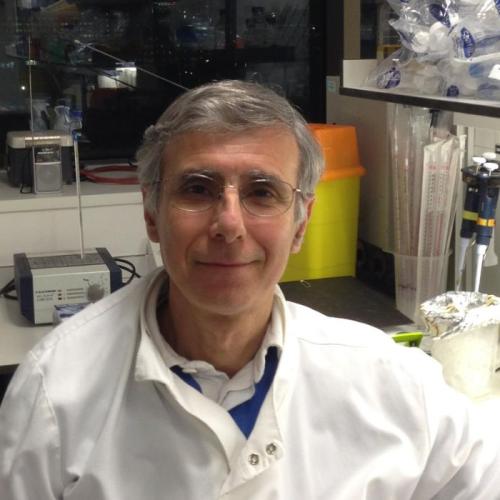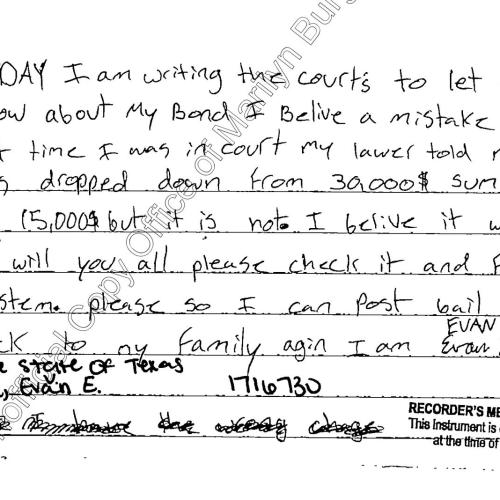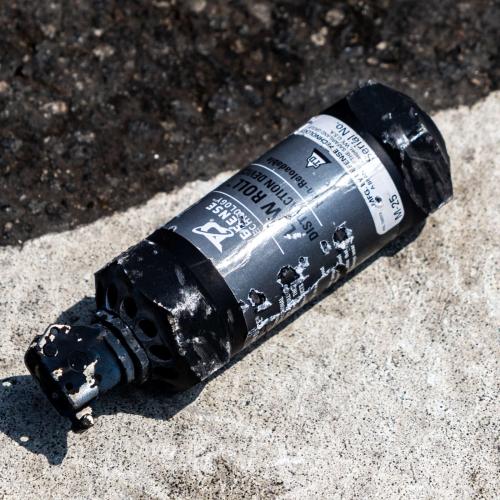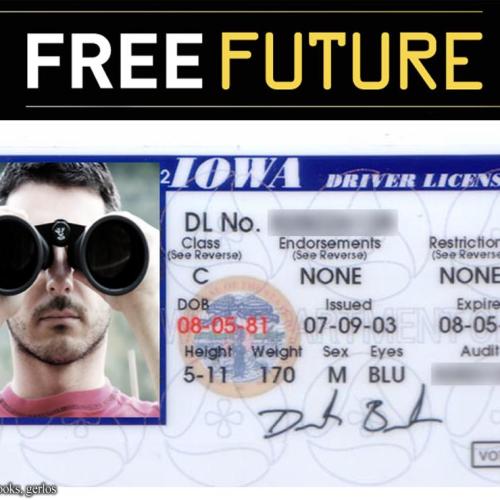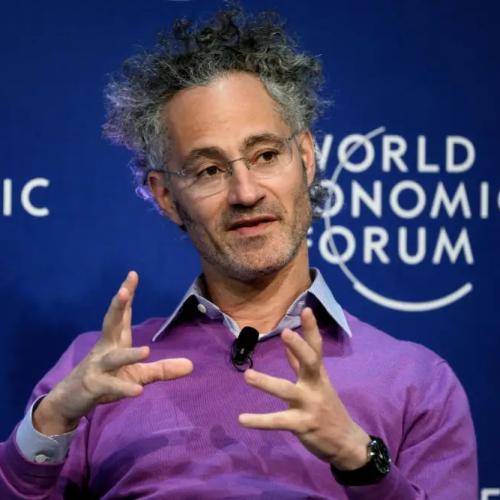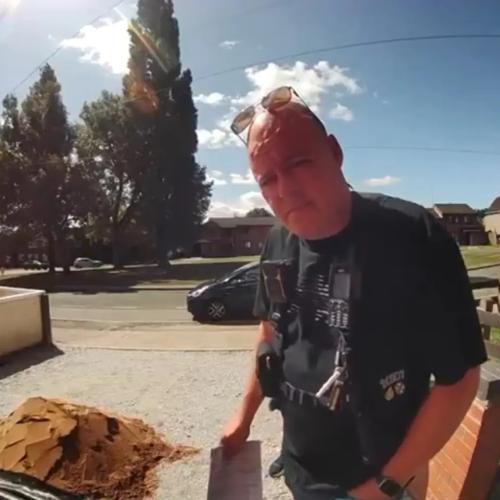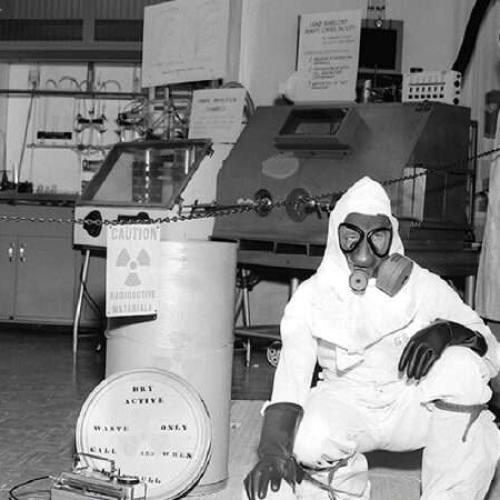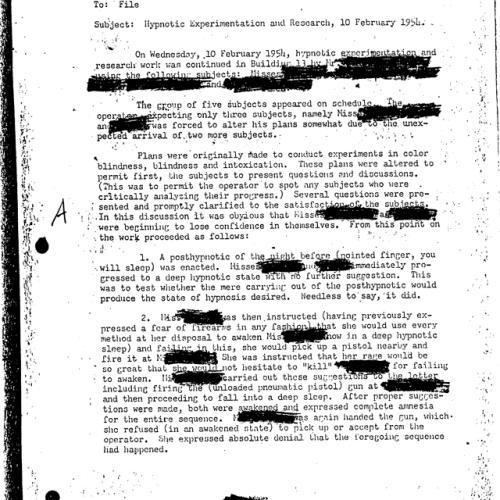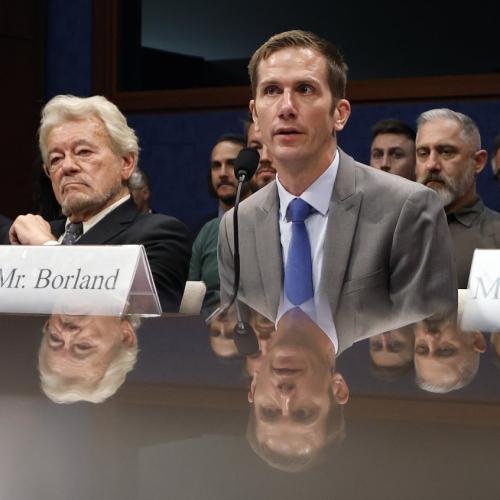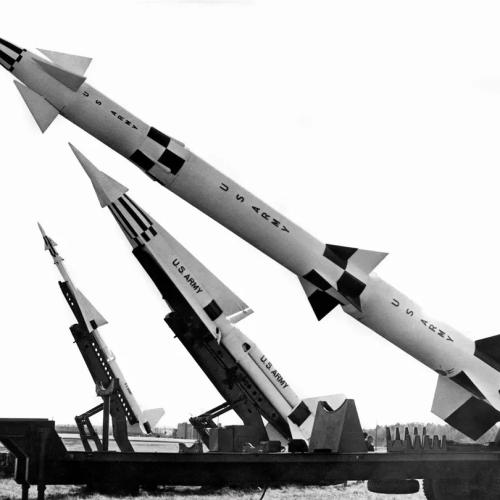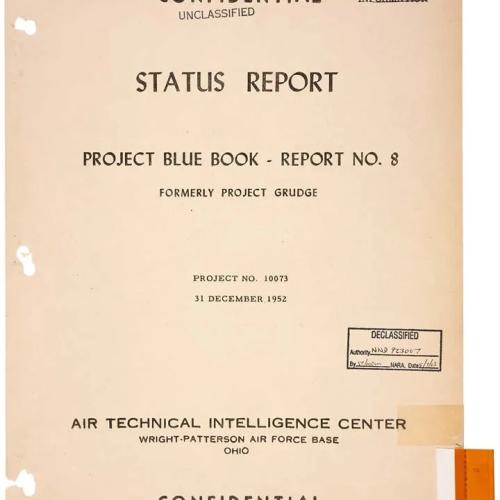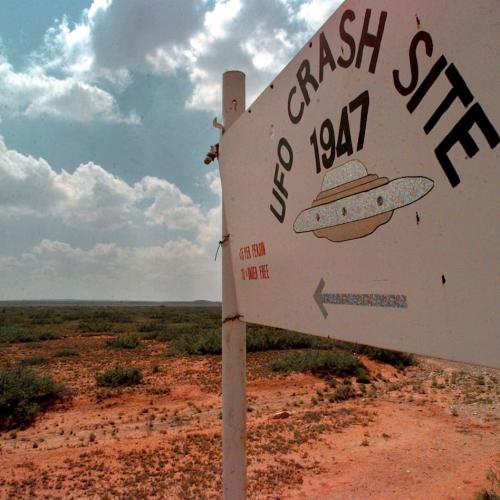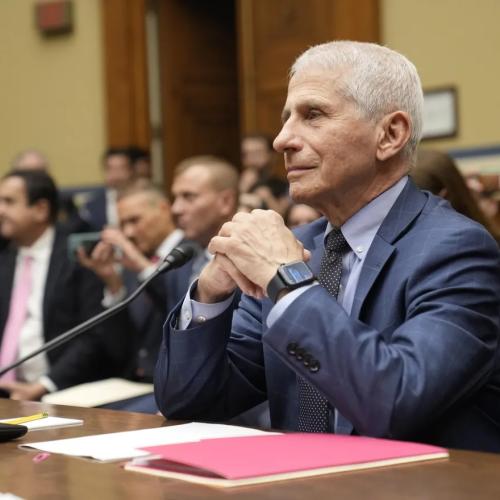Energy Inventions News Stories
Below are key excerpts of revealing news articles on energy inventions from reliable news media sources. If any link fails to function, a paywall blocks full access, or the article is no longer available, try these digital tools.
For further exploration, delve into our Energy Information Center.
Solar Energy Cells Made of Everyday Plastic. In research published today in Nature Materials magazine, [several researchers] showcase their work on an innovative new plastic (or polymer) solar cell they hope eventually can be produced at a mere 10 percent to 20 percent of the current cost of traditional cells, making the technology more widely available. The price for quality traditional solar modules typically is around three to four times more expensive than fossil fuel. Independent tests on the UCLA solar cell already have received high marks. The nation's only authoritative certification organization for solar technology, the National Renewable Energy Laboratory (NREL), located in Golden, Colo., has helped the UCLA team ensure the accuracy of their efficiency numbers. The plastic solar cell is still a few years away from being available to consumers, but the UCLA team is working diligently to get it to market.
Note: Why is it that ABC was the only one of the mainstream media to pick up this important article, and even ABC's report appears to belittle the development as much as it gives an optimistic outlook. And why isn't the government pouring funding into this most worthy project?
Goldes, 73, is chief executive of a small company called Magnetic Power Inc., which has spent years researching ways to, yes, generate power using magnets. Within a few months, he says, he might just have a breakthrough to report that could revolutionize where people get fuel. "All we know is that we're seeing more energy output than input. Does Goldes realize what's he's saying -- that he's perhaps discovered a clean, inexhaustible energy source? "That's exactly what it appears to be," he answered. What Goldes believes he's done is produce power from what physicists call zero-point energy. In simple terms, zero-point energy results from the infinitesimal motion of molecules even when seemingly at rest. Normally, I dismiss such pie-in-the-sky pronouncements. But Goldes isn't so easy to shrug off. That's because he's also come up with technology called the UltraConductor. The research was funded in part by the Department of Defense, which invested $600,000 in the project. A handful of other companies worldwide are believed also to be pursuing zero-point energy via magnetic systems. One of them, InterStellar Technologies, is run by a former scientist at NASA's Jet Propulsion Laboratory in Pasadena. According to Aviation Week & Space Technology magazine, the Pentagon and at least two large aerospace companies are actively researching zero-point energy as a means of propulsion.
The military has a long history of funding research into topics that seem straight out of science fiction, even occultism. These range from "psychic" spying to "antimatter"-propelled aircraft and rockets to strange new types of superbombs. In recent years, many physicists have become excited about a phenomenon called "quantum teleportation," which works only with infinitesimally tiny particles. Davis, who has a doctorate in astrophysics from the University of Arizona, has worked on NASA robotic missions. His 79-page Air Force study seriously explored a series of possibilities, ranging from "Star Trek"-style travel to transportation via so-called wormholes in the fabric of space to psychic travel through solid walls. Davis expressed great enthusiasm for research allegedly conducted by Chinese scientists who, he says, have conducted "psychic" experiments in which humans used mental powers to teleport matter through solid walls. He claims their research shows "gifted children were able to cause the apparent teleportation of small objects" (radio micro-transmitters, photosensitive paper, mechanical watches, horseflies, other insects, etc.). If the Chinese experiments are valid and could be repeated by American scientists, Davis told The Chronicle in a phone interview Thursday, then, in principle, the military might some day develop a way to teleport soldiers and weapons.
Denny Klein has just patented his process of converting H2O to HHO, producing a gas that combines the atomic power of hydrogen with the chemical stability of water. "It turns right back to water; in fact, you can see the H2O running off the sheet metal." Klein originally designed his water-burning engine for cutting metal. He thought his invention could replace acetylene in welding factories. "No other gas will do this." Then one day as he drove to his laboratory, he thought of another way to burn his HHO gas. "On a 100-mile trip, we use about four ounces of water." Klein says his prototype 1994 Ford Escort can travel exclusively on water -- though he currently has it rigged to run as a water and gasoline hybrid. "Simply speaking, our plan is to end our dependence on fossil fuels." Pete Domeneci is helping Klein take his hydrogen technology patents from a two-room office to consumer markets around the world. The duo is already in negotiations with one U.S. automaker and the U.S. government. Members of Congress recently invited Denny Klein to Washington to demonstrate his technology and his company is currently developing a Hummer for the U.S. military that can run on both water and gasoline. So far, his water-powered engines have passed all performance safety inspections.
Note: Why didn't this get major media coverage? To see the amazing three-minute Fox News report, click here. To visit the website describing this invention, click here.
U of Michigan takes prize, finishing the 2500-mile course in 54 hours. Fourteen of the twenty entrants completed the race. The last to cross the finish line (Kansas State U) came in 12.5 hours after the winner. The ten-day solar car race from Austin to Calgary came to a successful finish yesterday. The University of Michigan's Momentum placed first, completing a few seconds under 54 hours. They also set a record by averaging 46.2 mph in this, the world's longest solar car race. The University of Minnesota's Borealis III came in second, trailing by 12 minutes. MIT's Tesseract came in third. Canada's leading team, the University of Waterloo, came in fifth with their Midnight Sun. Fourteen cars went all the way to the finish line, with the last to cross being Kansas State University's Paragon on its maiden race, at 87.5 hours, a little over 12 hours after the winner.
Note: A solar powered car averaged 46.2 mph in over a 2,500 mile course! Why isn't this making mainstream news headlines? I invite you to do a Google news search on "Solar Challenge" (the annual solar car race). You will find that almost no major media cover this event at all. The few who do somehow fail to mention anything about the speeds attained by these cars. Why is the media not covering these incredible breakthroughs?
"Consumers
and regulators are putting more pressure on the auto industry to enhance fuel
economy, which was stagnant at an average 20.8 miles per gallon among all
2004 models and below the 1988 high of 22.1 mpg."--
Detroit
News, 4/11/05
"The Prius is the first significant departure from the combustion engine to make any
major inroads in the auto industry since Henry Ford invented the Model T in
1908."--
Newsweek,
9/20/04
"Ford's Model T, which went 25 miles on a gallon of gasoline, was more fuel efficient than the current Ford Explorer sport-utility vehicle -- which manages just 16 miles per gallon."
-- Detroit
News, 6/4/03
Genius
inventors for the past 100 years have made remarkable discoveries of new,
more efficient energy sources, only to find their inventions either suppressed
or not given the attention and funding needed to break us free of our dependence
on archaic oil-based technologies. Read this article for more reliable information on this vital topic.
Both inventors and investors are betting that flexible sheets of tiny solar cells used to harness the sun's strength will ultimately provide a cheaper, more efficient source of energy than the current smorgasbord of alternative and fossil fuels. Nanosys and Nanosolar in Palo Alto -- along with Konarka in Lowell, Mass. -- say their research will result in thin rolls of highly efficient light-collecting plastics spread across rooftops or built into building materials. These rolls, the companies say, will be able to provide energy for prices as low as the electricity currently provided by utilities, which averages $1 per watt. The companies also say that the printed rolls of solar cells would be lighter, more resilient and flexible than silicon photovoltaics. Solar energy could furnish much of the nation's electricity if available residential and commercial rooftops were fully utilized. According to the Energy Foundation, using available rooftop space could provide 710,000 megawatts across the United States, whose current electrical capacity is 950,000 megawatts. Atluru of Draper Fisher Jurvetson [explains] "Our view is that government can cause big problems, and it is the entrepreneurs who will make the big changes." Current cost of solar energy, per watt: $4-$5. Average cost of energy from traditional fossil fuel sources, per watt: $1. Estimated cost of energy from nanotech solar panels, per watt: $2. Total energy-generating capacity of the United States: 950,000 megawatts. Potential total rooftop solar energy capacity in the United States: 710, 000 megawatts.
Carmakers such as Toyota and Honda can't seem to make hybrid vehicles fast enough to keep up with public interest. Interest in this new technology is growing, and one group is highlighting these technical marvels in a yearly event called the Tour de Sol. Top prize for the Monte-Carlo Rally went to a modified Honda Insight driven by Brian Hardegen, of Pepperell, who broke the 100-mile-per-gallon barrier over a 150-mile range. The car actually got 107 miles-per gallon. St. Mark's High School in Southboro, and North Haven Community School, North Haven, ME, demonstrated true zero-oil consumption and true zero climate-change emissions with their modified electric Ford pick-up and Volkswagen bus. More than 60 hybrid, electric and biofueled vehicles from throughout the US and Canada demonstrated that we have the technology today to power our transportation system with zero-oil consumption and zero climate-change emissions.
Note: If the above link fails, click here. If high school students can do it, why aren't the car companies seriously developing these technologies? And why are car manufacturers not able to keep up with demand on hybrid vehicles? For more, click here.
British scientists have developed an antigravity machine that can float heavy stones, coins and lumps of metal in mid-air. Based around a powerful magnet, the device levitates objects in a similar way to how a maglev train runs above its tracks. The device exploits diamagnetism. Place non-magnetic objects inside a strong enough magnetic field and they are forced to act like weak magnets themselves. Generate a field that is stronger below and weaker above, and the resulting upward magnetic force cancels out gravity. Scientists have used diamagnetism to make wood, strawberries and, famously, a living frog fly. "That force is strong enough to float things with a density similar to water, but not things with the density of rocks."
What's at stake, they say, is no less than the future of automotive technology, a practical solution for driving fast and fun with no direct pollution whatsoever. GM agrees that the car in question, called the EV1, was a rousing feat of engineering that could go from zero to 60 miles per hour in under eight seconds with no harmful emissions. The market just wasn't big enough, the company says, for a car that traveled 140 miles or less on a charge before you had to plug it in like a toaster. Some 800 drivers once leased EV1s, mostly in California. After the last lease ran out in August, GM reclaimed every one of the cars, donating a few to universities and car museums but crushing many of the rest. Enthusiasts discovered a stash of about 77 surviving EV1s behind a GM training center in Burbank and last month decided to take a stand. Mobilized through Internet sites and word of mouth, nearly 100 people pledged $24,000 each for a chance to buy the cars from GM. On Feb. 16 the group set up a street-side outpost of folding chairs that they have staffed ever since in rotating shifts, through long nights and torrential rains, trying to draw attention to their cause. GM refuses to budge. Toyota is aware of a growing fad among do-it-yourselfers who put a new battery in their Prius so it can be plugged in at home and then travel about 20 miles on electric power alone.
Note: Why would GM simply crush cars for which people are willing to pay $24,000? For a possible answer to this important question, click here. To learn how to convert a Toyota Prius to get 100 mpg, click here.
Iceland wants to make a full conversion and plans to modify its cars, buses and trucks to run on renewable energy -- with no dependence on oil. Iceland has already started by turning water into fuel -- hydrogen fuel. Here's how it works: Electrodes split the water into hydrogen and oxygen molecules. Hydrogen electrons pass through a conductor that creates the current to power an electric engine. Hydrogen fuel now costs two to three times as much as gasoline, but gets up to three times the mileage of gas, making the overall cost about the same. As an added benefit, there are no carbon emissions -- only water vapor. By the middle of this century, all Icelanders will be required to run their cars only on hydrogen fuel, meaning no more gasoline. Icelanders say they're committed to showing the world that by making fuel from water, it is possible to kick the oil habit.
Note: This is mind-blowing information! Why isn't this amazing news of economical, non-polluting energy sources making top headlines? A video clip of the above ABC News story is available on the ABC website at the link above. A friend of mine invented a similar device only to have it ruthlessly suppressed. For lots more on all this, click here.
[Somender Singh] claims that his invention makes an engine cleaner, quieter and colder...while using up to 20 percent less gas. So far, all Singhs invention has earned him is a few polite rejection letters from presidents, professors and auto manufacturers. I am...no man with letters after his name or fancy institutions, and what I have invented is really very simple, he admits. Remember that the internal combustion engine is itself hardly rocket science. The internal combustion engine (ICE) has been with us for about 200 years. The basic conceptthe boom that turns a crankhas not really changed at all. The efficiency of that bang had stalled out at around 28 percent. The vast majority of the fuel was dissipated as engine heat or exhaust. Singh knew that ... the combustion chamber [was where] fuel was turned to bang. He modified a motorcycle, then a two-stroke, then a four-stroke, then a car, then 50 cars. Singh applied for a patent in January 1999, and the U.S. Patent Office issued him No. 6237579 in May 2001. Finally he was allowed to bring his engines and hook them to a Benz EC-70 dynamometer with a five-gas analyzer and a Benz gravimetric fuel-measuring device. At between 2,000 and 2,800 rpm, Singhs modified engine used between 10 and 42 percent less fuel than its unmodified twin, with no appreciable losses in torque or power.
Note: After posting a message on a group of high-school students who achieved dramatic improvements in car engine efficiency two weeks ago, we received emails from more than ten people claiming to have made or know of similar inventions. The above article was sent as evidence in one case. Dozens of other cases that could be real. For Mr. Singh's website, see http://www.somender-singh.com. For lots more, click here.
Over a period of 30 years, highly qualified Perth-based surgeon Dr John Holt has had some startling successes with a radio-wave therapy treatment for cancer patients. Dr Holt's controversial treatment works, in layperson's terms, by giving the patient an injection of a glucose-blocking agent. He then shines "radio waves" into the body at a specific frequency. Dr Holt doesn't guarantee it will cure every cancer, but it's not expensive and there's no quackery about it. Born in Bristol 80 years ago and a member of the Royal Colleges, Dr Holt has 26 medical letters after his name. For more than a decade he was in charge of Western Australia's main cancer institute, until the late '70s, when he was blacklisted by his medical colleagues and politicians. The polarisation of the medical and scientific community in Perth over Dr Holt's treatment has been evident since the mid-'70s. While the medical community continues to argue the merits of Dr Holt's unorthodox measures, the families of his successes feel they owe everything to this gentle man. After two brain tumours and a tumour on her spine, Sophia Rosa was sent by pre-eminent brain surgeon Dr Charlie Teo for the radical treatment. Two years later, the only sign Sophia had cancer are the side-effects from the massive doses of chemotherapy given in Sydney.
Note: If the above link fails, click here. For more on Dr. Holt's work, click here. For the story of Royal Rife, another famed scientist who suffered dearly for finding a cure for cancer, click here.
Important Note: Explore our full index to revealing excerpts of key major media news stories on several dozen engaging topics. And don't miss amazing excerpts from 20 of the most revealing news articles ever published.













